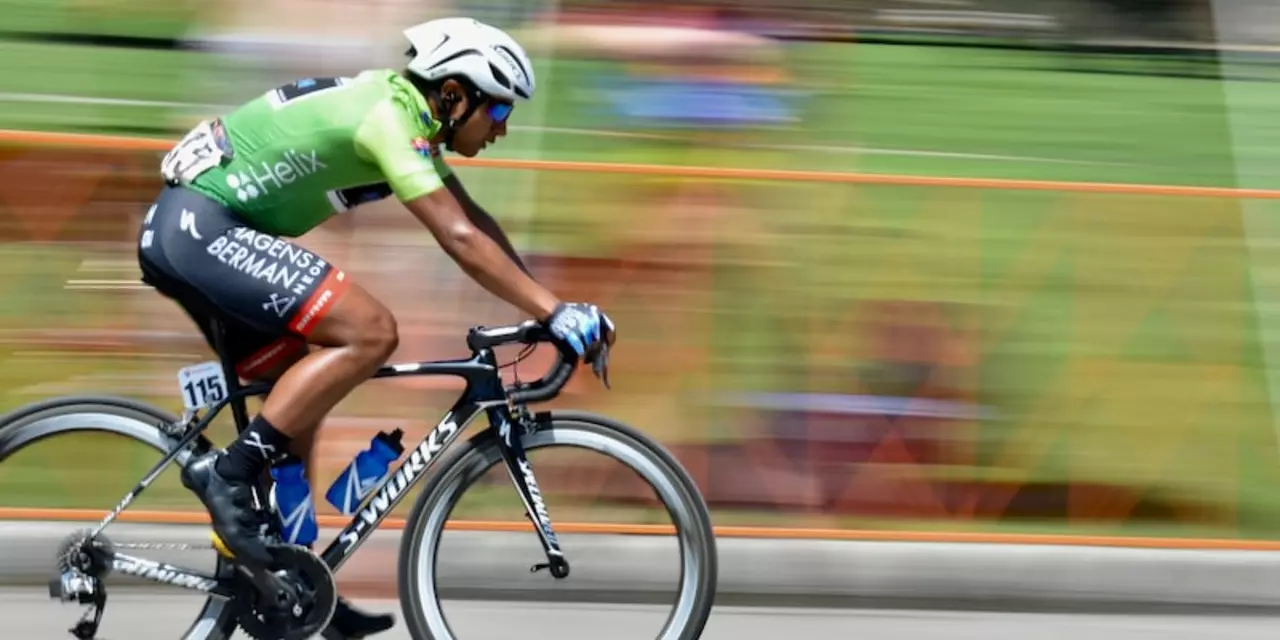Risk of Injury in Cycling – Simple Ways to Stay Safe
Thinking about a ride and wondering if you might get hurt? You’re not alone. Every cyclist faces some risk, but most problems can be stopped before they start. Below are the everyday things that cause pain and the quick fixes that keep you on the road.
Common causes of bike injuries
Crashes are the first thing that comes to mind, but they’re only part of the story. Most falls happen because the rider isn’t prepared for the road conditions – wet leaves, potholes, or sudden traffic. Another big source of pain is overuse. Riding the same distance day after day without a break can lead to knee, back, or neck soreness. Poor bike fit is a silent injury maker; a saddle that’s too high or a handlebar that’s too low forces you into awkward positions that strain muscles.
Even the gear you wear matters. Skipping a helmet or choosing low‑quality shoes can turn a minor slip into a serious blow. And don’t forget about visibility. Riding in low light without bright clothes or lights often leads to close calls with motorists.
Practical steps to lower the risk
First, always wear a helmet that fits snugly. It’s the single most effective tool against head injuries. Check the strap and make sure the helmet sits level on your head, not tilted back.
Next, tune your bike. Adjust the saddle height so your leg is almost straight at the bottom of the pedal stroke. If you feel cramped on the bars, raise them a bit or try a short stem. A quick bike fit at a local shop can save you weeks of soreness.
Warm up before you hit the road. Spend five minutes doing easy pedaling, some light stretching, and a few short bursts. This gets the blood moving and prepares your joints for the effort ahead.
Plan your route with the surface in mind. If the forecast calls for rain, choose roads that drain well and avoid gravel shortcuts. When you see a pothole, brake early and steer around it rather than trying to jump it.
Take regular breaks on longer rides. A five‑minute stop every hour helps your muscles recover and reduces the chance of cramps or knee strain. If you start feeling tightness, stretch the affected area right then – it’s easier than dealing with a full‑blown injury later.
Use proper footwear. Stiff-soled shoes give better power transfer and keep your foot stable on the pedal. If you ride with clipless pedals, make sure the cleats are positioned correctly – too far forward puts extra stress on your knees.
Stay visible. Bright clothing, reflective strips, and a front white light plus a rear red light are cheap upgrades that make a huge difference. Even in daylight, a flashing light can catch a driver’s eye.
Finally, listen to your body. A sore knee that doesn’t improve after a couple of rest days is a sign to see a physio or adjust your bike. Ignoring early signs often leads to bigger problems that keep you off the bike for weeks.
By keeping these habits in mind, you’ll lower the chance of injury and enjoy more rides. Remember, safety isn’t about stopping the fun – it’s about making sure you can ride again tomorrow, next week, and for years to come.
Is riding an exercise bike for 2 hours straight unhealthy?
Riding an exercise bike for two hours straight can be an effective way to get in a good workout, however, it is important to take some precautions to ensure that it is done in a healthy way. Doing too much exercise can result in overtraining, which can cause physical and mental exhaustion, as well as an increased risk of injury. Therefore, it is important to ensure that sessions are kept to a reasonable length and that the intensity is appropriate for the individual's level of fitness. Additionally, it is important to have adequate rest between sessions and to ensure an adequate intake of nutrients to replace any energy lost during the workout.
More